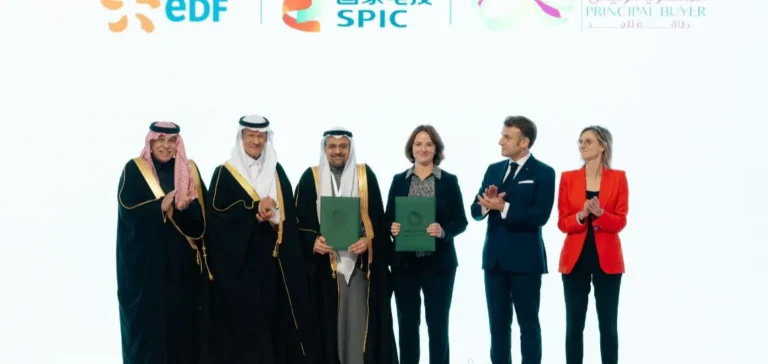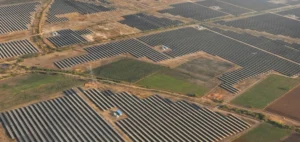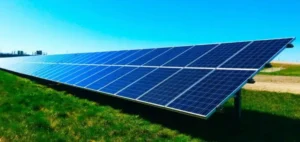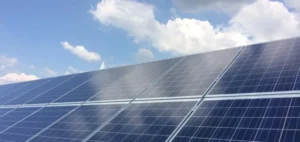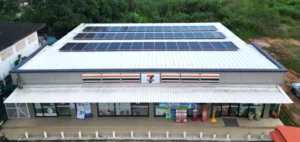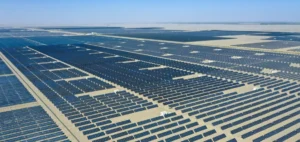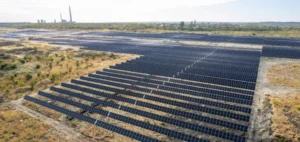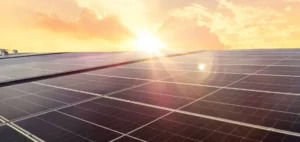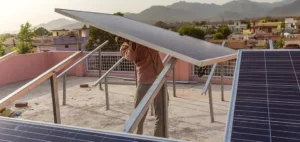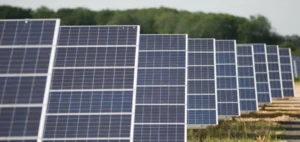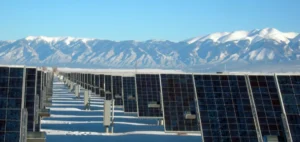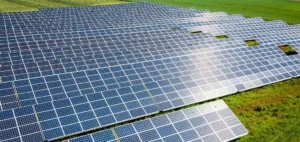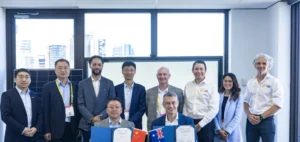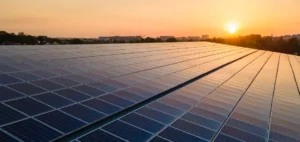A consortium composed of EDF Power Solutions, SPIC Huanghe Hydropower Development Co., Ltd. (SPIC HHDC), and Saudi Aramco Power Company (SAPCO) has finalised financing for two large-scale solar projects in Saudi Arabia. The projects, with a combined installed capacity of 1,400 megawatts (MW), include the Al Masa’a plant (1,000 MW) in Hail Province and the Al Henakiyah-2 plant (400 MW) in Madinah Province.
Twenty-five-year power purchase agreements
The two projects are governed by 25-year Power Purchase Agreements (PPAs) signed with the Saudi Power Procurement Company (SPPC), which oversees electricity procurement in the Kingdom. The consortium is responsible for the financing, design, construction, and long-term operation of the plants. Commercial operation is scheduled for the first quarter of 2027 for Al Henakiyah-2 and the third quarter of 2027 for Al Masa’a.
International banking support
The financial close is backed by commitments from several local and international financial institutions, including Saudi Investment Bank, Bank of China, Société Générale, BNP Paribas, Abu Dhabi Commercial Bank and First Abu Dhabi Bank. This support reflects the Saudi market’s ability to mobilise capital for large-scale energy infrastructure developments.
The projects are part of the National Renewable Energy Program (NREP), led by the Saudi Ministry of Energy. They contribute to the Kingdom’s objective of increasing the share of renewables in the electricity mix to around 50% by 2030, while also supporting the Liquid Displacement Program, which aims to optimise the use of liquid fuels.
Local capacity and industrial transfer
According to the partners, a significant share of the materials, equipment, and services used during construction will be sourced from local companies. During the first five years of operation, the workforce will include a growing proportion of Saudi nationals. The stated goal is to strengthen the domestic value chain and support skills transfer in the energy sector.
The project strengthens EDF Power Solutions’ position in the Middle East, with a total renewable capacity now exceeding 3,500 MW. Meanwhile, SPIC HHDC continues its international expansion into high-demand energy markets, leveraging its expertise in developing large photovoltaic infrastructure.


